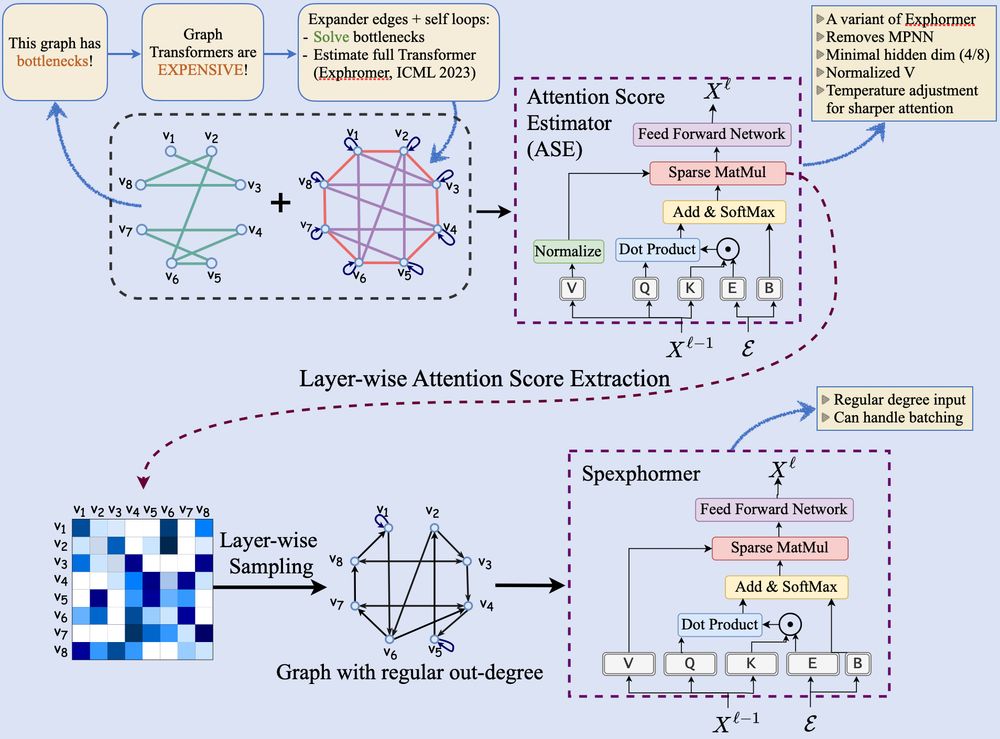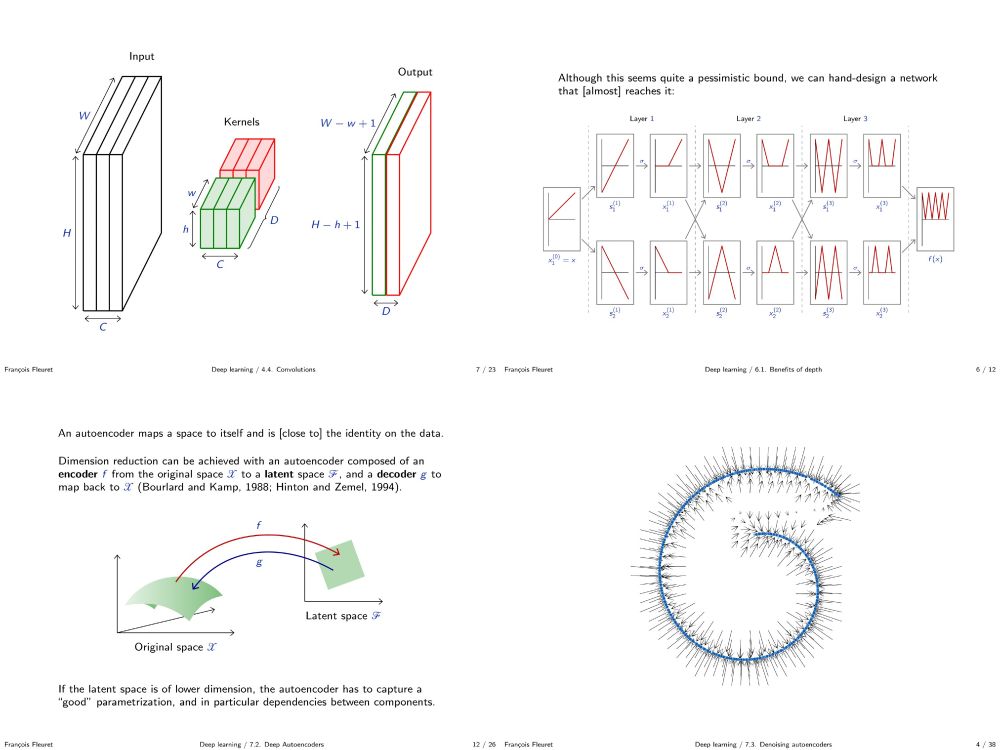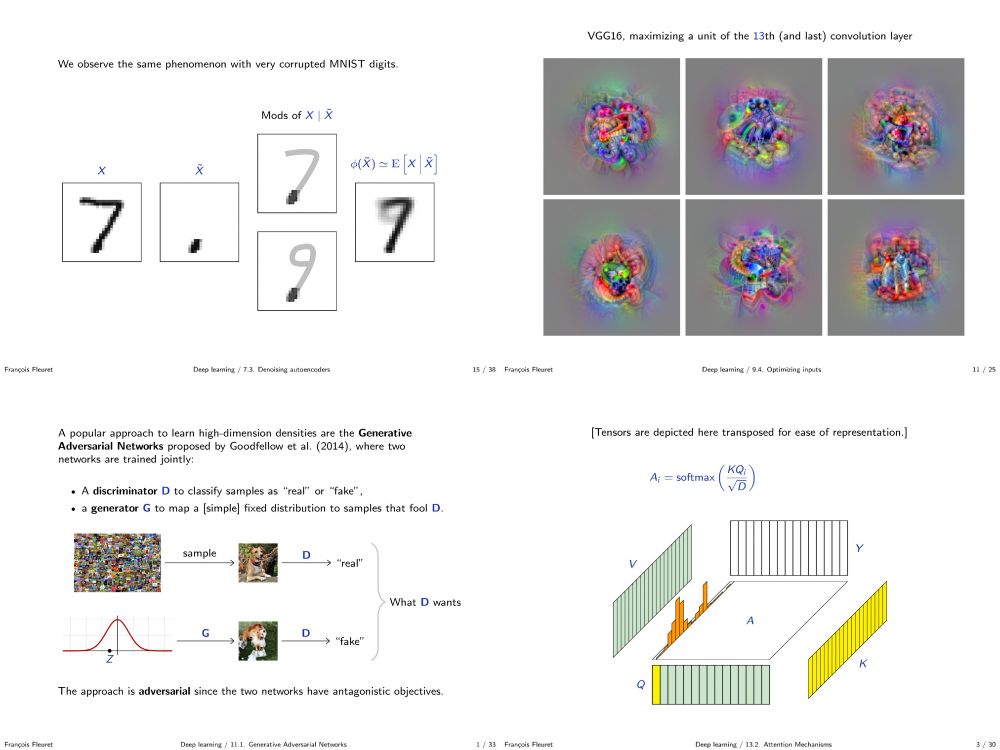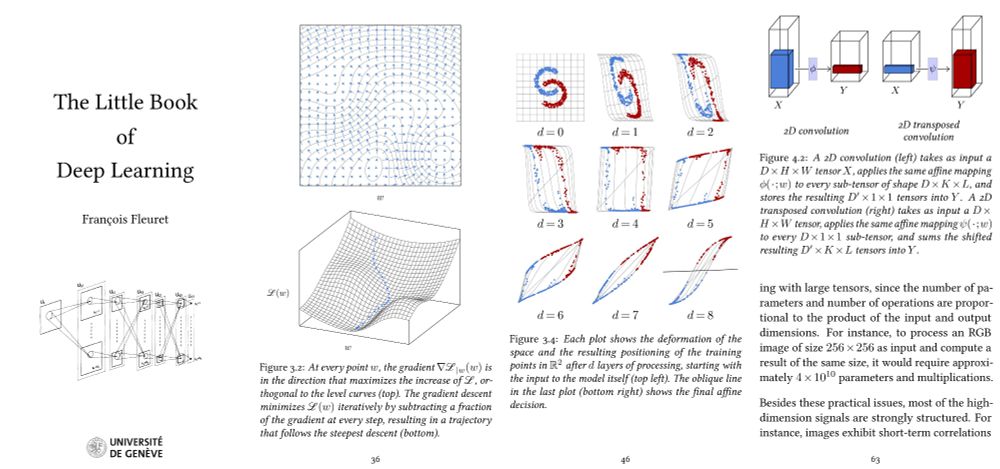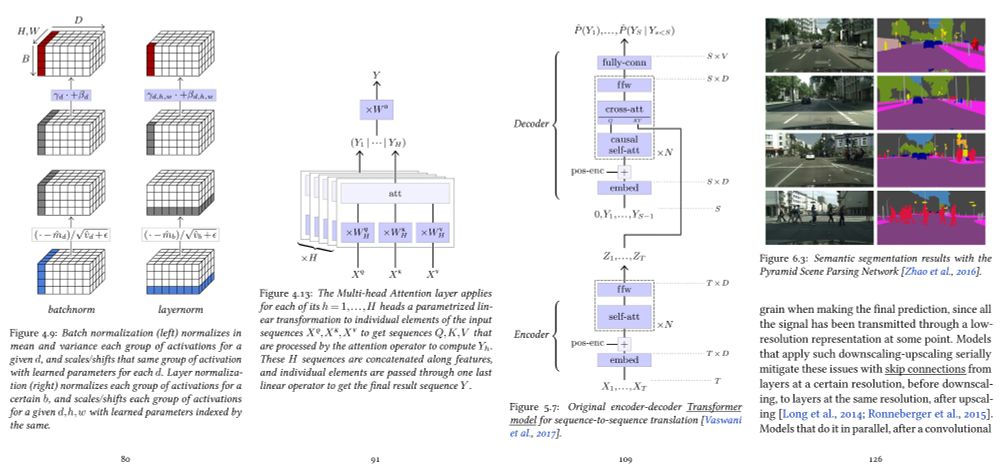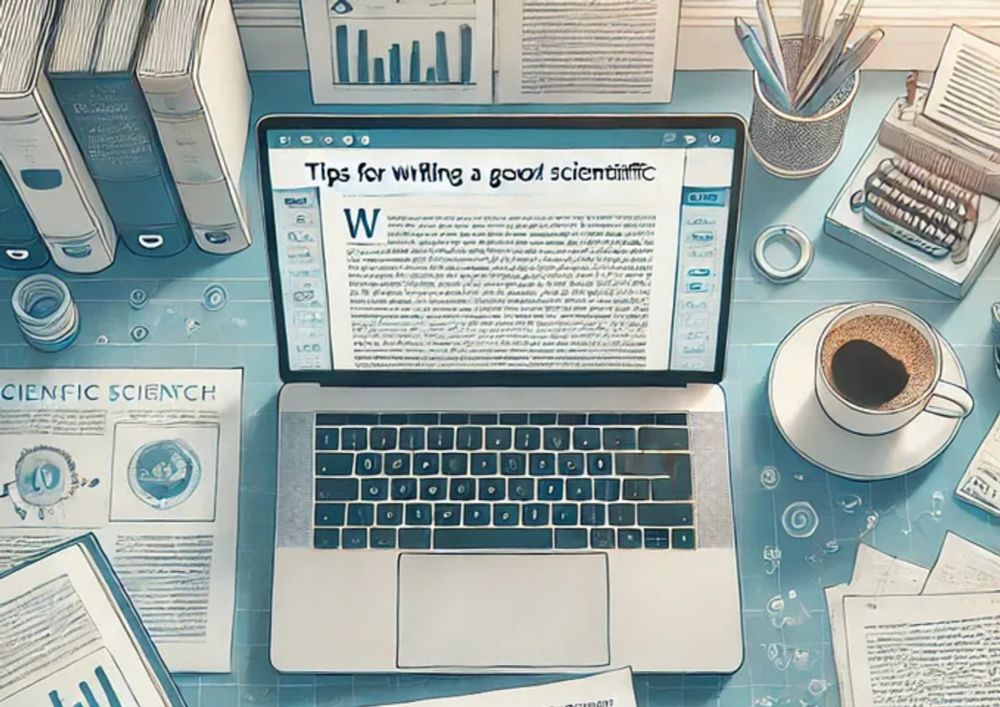Artur Grigorev
@arturgrigorev.bsky.social
410 followers
46 following
7 posts
PhD Student, ETH Zurich and MPI-IS Tübingen. Working on digital garments.
🔗 dolorousrtur.github.io
Posts
Media
Videos
Starter Packs
Reposted by Artur Grigorev
Reposted by Artur Grigorev
Artur Grigorev
@arturgrigorev.bsky.social
· Mar 20
Reposted by Artur Grigorev
Reposted by Artur Grigorev
Reposted by Artur Grigorev

